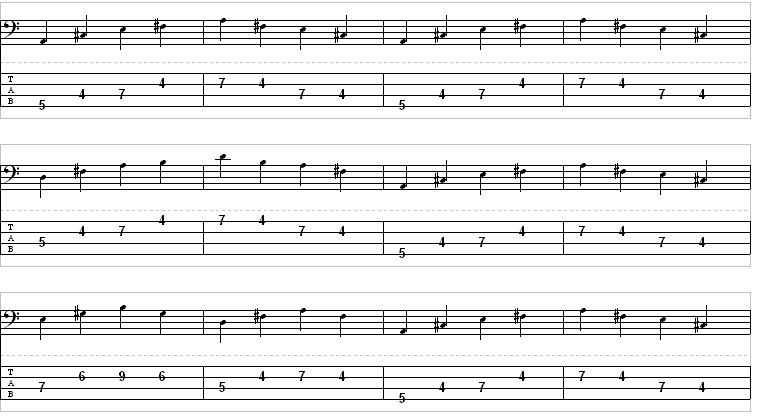

e – -īends can be of a half-step (a fret higher), a whole step (two frets higher), or land in a blue note (a frequency between frets). Tabs usually indicate how “high” will be the outcome of the bend. The finger for this technique would usually be the middle finger, with a little help from the index and ring fingers the first couple of times. For this reason, it is very common to combine hammer-ons and pull-offs for their particular sound, like so: e – -īending is achieved by fretting a string and dragging the finger to either side of the fretboard, bending the string, and producing a note with a higher pitch. You can try playing the examples with and without these techniques to feel the difference. The sound hammer-ons and pull-offs produce is very different from regular picking. It’s the reverse from the previous technique, the sound comes from pulling the string off with a finger to make the note on the lower fret sound. The sound in this technique comes from the fretting hand entirely. This is a basic technique in which a finger from the fretting hand is pressed after a fretted or open string to make a higher note sound. Important symbols in guitar tabs Hammer on (h) Here are some of the most common for modern guitar. Play the D string pressed in the 2nd fret.īesides this, some symbols indicate different techniques and playing specifications.Play the A string pressed in the 3rd fret.For example, let’s see the following tab: e – -| Numbers represent a fretted string, a 0 represents an open string, and an X represents a muted string.

On top of these lines, numbers will be placed in sequence to depict the notes to play by the corresponding fret number in the string, and read left to right. This is the order in which the strings are represented in tablature. If you look at your guitar, you will see something like this: e – -ĭ – -Ī – -Į –. Imagine as if you’re taking a break from playing, and you place your guitar on your lap with the strings facing up. When playing the guitar, you will have your low E closest to your chin and your high E closest to the ground. Most tabs alone aren’t enough to distinguish the rhythm within the melody, let alone. This is where tabs become a necessary tool for reading guitar music because they define how the player or composer executes such a piece.Ĭonversely, tabs are useful up to a certain point on their own. In many organized and well-grouped sequences, played with a single string and even chaotically up and down the fretboard. There are many ways this can be interpreted. For instance, let’s think about the following example: However, it leaves how it is going to be executed too open to interpretation for instruments that can play the same note in various ways, such as the guitar. Standard (sheet music) notation is incredibly good at describing what is going to be played. The reason is that they work as a binary aid, providing an elegant solution for two problems: These were written by Chinese playwrights for theatrical plays.Ī more modern version of what we know as tabs were popularized in the ’40s when Jazz musicians started writing music in both standard notation and tabs for guitar. However, there are records of charts for Chinese Guqin and Guzheng used as early as the 6th century.

It is said that tablature (tab for short) was first implemented in Western music in the 14th century, for the organ and all kinds of string instruments, mainly the lute. Many musicians hundreds of years ago asked themselves these questions… and then came along tablature notation.


 0 kommentar(er)
0 kommentar(er)
